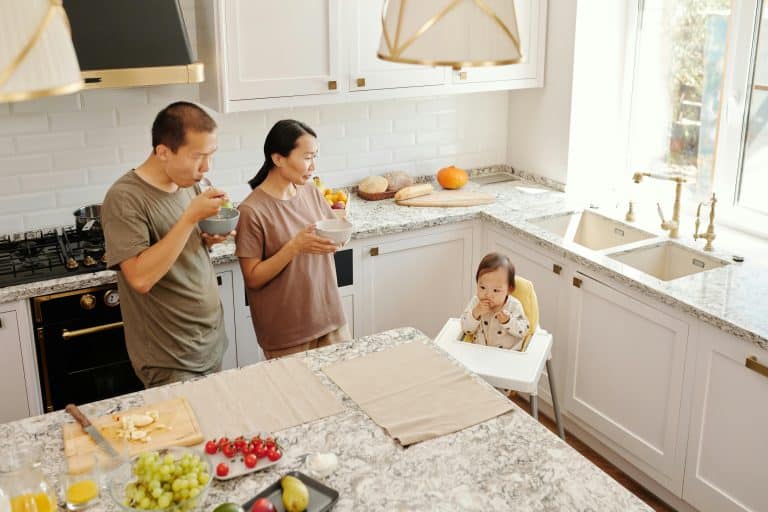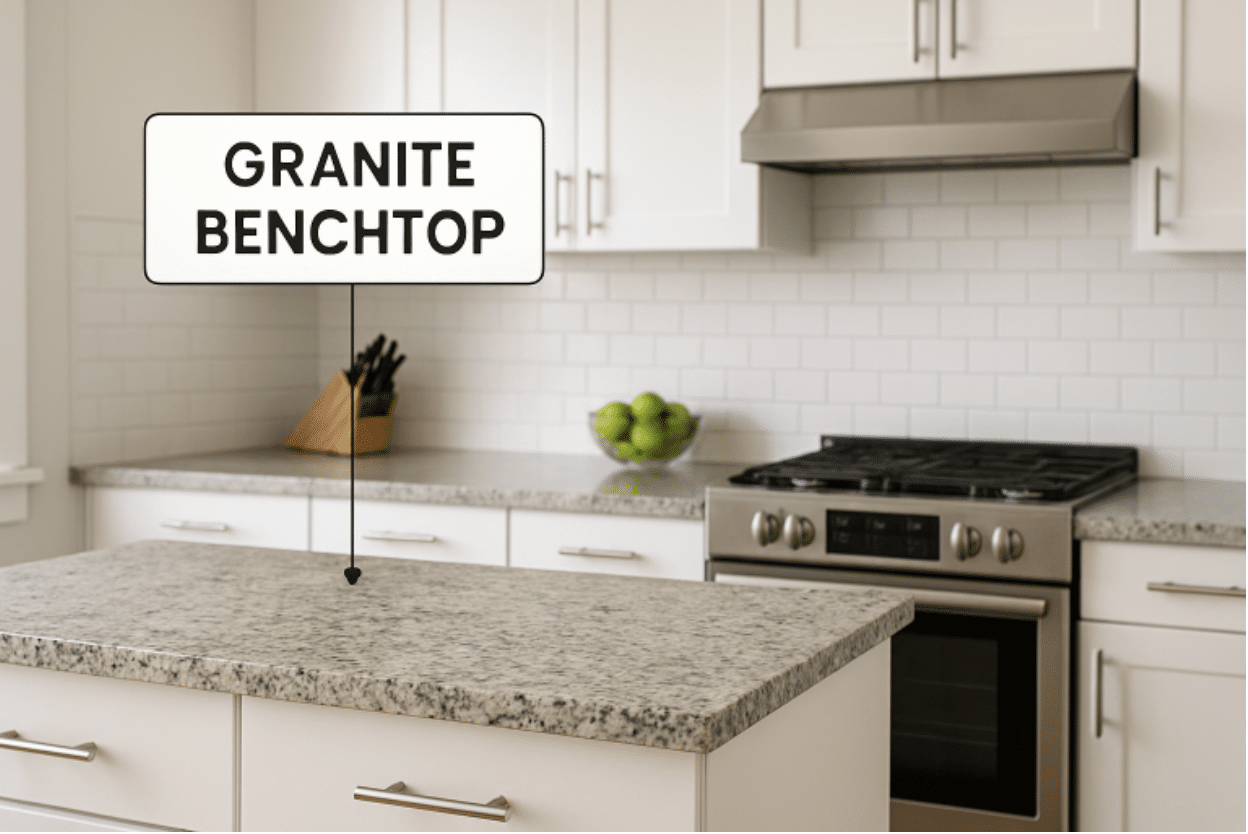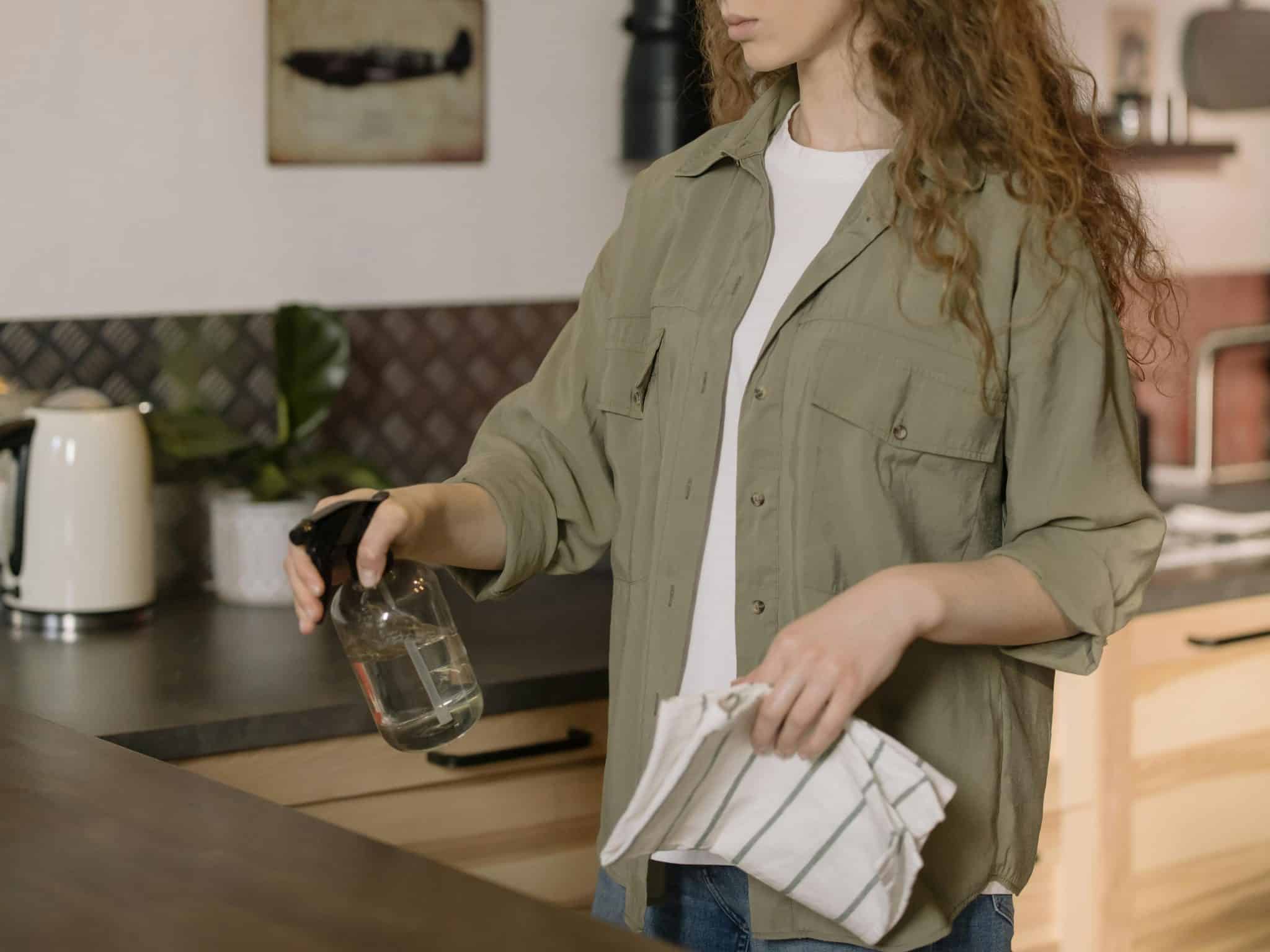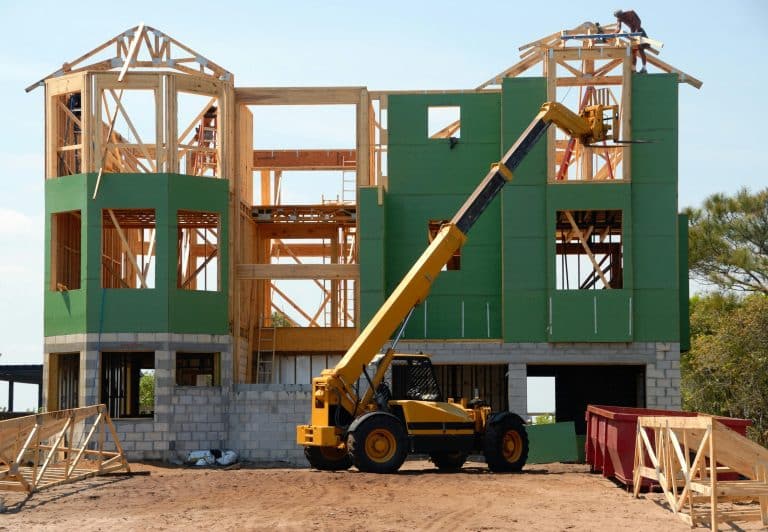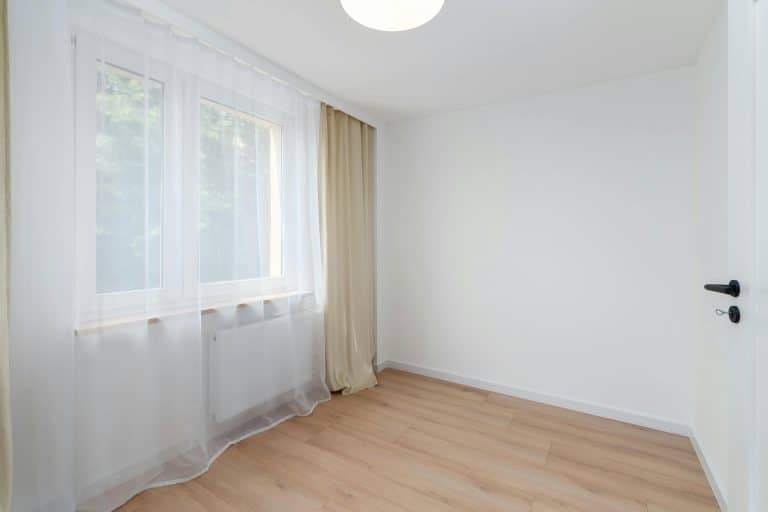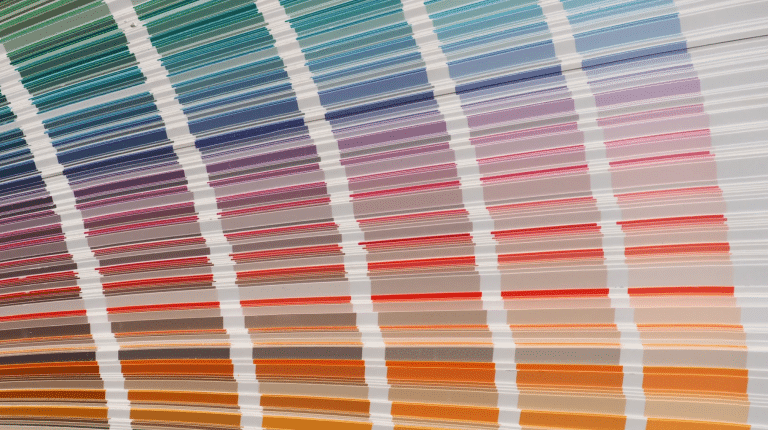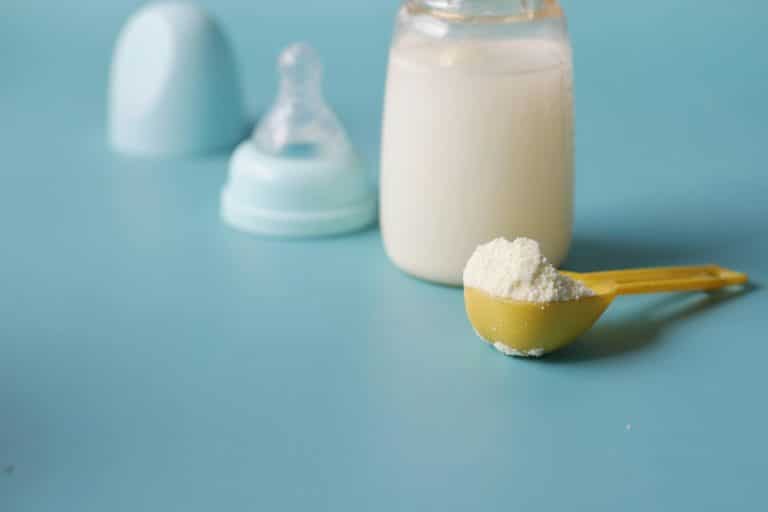Key Takeaways
- Granite benchtops provide unmatched durability and sophisticated aesthetics but require regular maintenance to preserve their best qualities.
- Knowing the installation process and all prerequisites can help you manage the project seamlessly and avoid surprises.
- Budgeting for a granite benchtop includes the slab, expert installation, and ongoing upkeep to maintain its appeal and value.
Upgrading your kitchen or bathroom with a granite benchtop is a significant decision that brings lasting improvements to functionality and style. Granite’s natural strength infuses the room with elegance and ensures a surface capable of enduring daily challenges. Whether searching for a sleek, high-end aesthetic or materials that perform under heavy use, a granite benchtop stands out for its countless advantages. However, to truly benefit from this investment, it’s essential to understand every facet—installation steps, cost implications, maintenance routines, and alternatives—to make an informed, confident choice. Before embarking on your renovation journey, familiarizing yourself with the installation process, cost considerations, and maintenance requirements will help you set realistic expectations. Thorough preparation ensures your granite benchtop looks spectacular upon completion and remains a source of pride with enduring value for years. Going into the process with a clear understanding can prevent costly errors, delays, and disappointments while allowing you to enjoy all the advantages granite offers.
Benefits of Granite Benchtops
- Durability: Granite is among the most robust natural stones, making it exceptionally resilient against scratches, chips, dents, and high temperatures. This durability is a game-changer for active households, providing a reliable surface for everything from hectic weeknight meal preps to entertaining guests. The stone’s resilience means that, with routine care, it will retain its look and strength for decades, easily outlasting alternative benchtop materials.
- Aesthetic Appeal: Each granite slab is unique, offering an impressive range of colors, grains, flecks, and marbling. Whether your taste leans towards subtle neutrals or distinctive, dramatic veins, granite integrates seamlessly into modern and classic decors. Its visual richness becomes a central design feature, elevating the entire ambiance of your kitchen or bathroom and making it a focal point that draws admiration from all who enter.
- Increased Property Value: Beyond immediate beauty, installing granite can be a shrewd investment. Homes with quality natural stone benchtops are highly sought-after by buyers who perceive granite as a mark of luxury and long-lasting value. Granite is known to increase resale value and often speeds up the selling process, as its reputation for beauty and toughness makes your home stand out in competitive real estate markets.
Considerations Before Installation
- Weight: Granite’s sheer weight cannot be overstated—many slabs weigh hundreds of kilograms and require strong, well-supported cabinetry beneath. Assessing existing cabinetry for its load-bearing ability is essential; in some cases, reinforcements or new cabinets might be necessary to support your investment safely. Overlooking this crucial step risks structural issues over time and can compromise the longevity of both the benchtop and underlying cabinets.
- Sealing Requirements: Despite granite’s robust nature, its porosity makes regular sealing mandatory for resisting stains and moisture absorption. Liquids, oils, and food spills can seep into unprotected stone, causing discoloration and even bacterial growth. The investment in a quality sealant and periodic resealing—generally annually or biannually, depending on use—protects the stone and preserves your benchtop’s pristine appearance.
- Cost: While many are drawn to granite for its beauty and resilience, it is essential to factor in all costs, not just the raw material. Granite usually requires custom fabrication, precise fitting, and skilled installation, all of which add to the price. Additionally, ongoing maintenance such as resealing and potential minor repairs contributes to the lifetime cost. Assessing your budget comprehensively helps you avoid financial surprises and reaffirms your investment in quality.
Installation Process Overview
Measurement and Templating
Professional installers start by measuring your cabinetry and workspace with the utmost precision. Detailed templates ensure that every granite slab cut will fit flawlessly, conforming to your kitchen’s unique contours and layout. This stage is critical for accurate customization and smooth installation, especially when accommodating appliances, sinks, or irregular design features.
Cutting and Fabrication
Next, the granite slab is cut to size using sophisticated equipment operated by skilled professionals. Cutting isn’t simply about reducing the slab to fit; artisans pay close attention to edge profiles, corner shapes, and any cutouts for sinks or cooktops. The edges are meticulously polished, enhancing safety and delivering a visually cohesive and smooth finish that integrates effortlessly into your room’s design.
Installation
Once prepared, the benchtop is carefully transported and set into place on your cabinetry. Leveling and secure attachment are essential to avoid future shifting or damage. After fitting, a professional-grade sealant is applied, protecting the stone against daily spills and stains. It’s imperative to use experienced, licensed installers at every step—not only to guarantee structural integrity and safety but to assure warranties and achieve the highest standard of craftsmanship.
Maintenance Tips
- Regular Cleaning: Clean granite benchtops daily using a soft microfiber cloth or gentle sponge paired with mild soap and warm water. Avoid bleach, ammonia, or abrasive scrubbing pads, which can erode the seal or mar the finish. Consistent cleaning maintains hygiene and prevents the buildup of stains or food residue.
- Sealing: Reapply high-quality sealant as your installer recommends—usually every 12 to 24 months, depending on the benchtop’s use and the product quality. This simple practice keeps liquids and stains at bay while enhancing the lustrous appearance of your granite. If you notice water no longer beads on the surface, it’s time to reseal.
- Avoiding Damage: Although granite is robust, chopping boards instead of cutting directly on the stone prevent potential scratches and preserve knives. Similarly, placing trivets or heat pads under hot pots and pans is crucial—over time, extreme heat or sudden temperature shifts can cause micro-cracks or discoloration. Attentive usage ensures the surface remains as stunning as the day it was installed.
Cost Factors
- Material Costs: The cost of granite varies dramatically based on color, natural pattern, thickness, and point of origin. Exotic or rare slabs often command premium prices because of their uniqueness and beauty. When budgeting, account for the specific characteristics and provenance of the granite you select to avoid underestimating expenses.
- Installation Fees: Qualified installation for this heavy material is non-negotiable, ensuring your project’s structural and aesthetic success. Larger slabs, complex layouts, or intricate edge details can add to standard labor fees. Additionally, unforeseen complications—such as strengthening cabinetry or adjusting plumbing—may increase project costs.
- Maintenance Expenses: While not as costly as the initial investment, upkeep requirements such as periodic sealing, professional repairs, or touch-ups should be factored into your budget. Consistent maintenance is essential for maximizing the longevity and appearance of your granite, making it a wise long-term investment.
Alternatives to Granite
- Quartz: Engineered quartz surfaces are visually similar to granite but boast lower porosity, making them less susceptible to staining. Maintenance is minimal, and quartz offers consistent colors and patterns that some homeowners prefer for a uniform, modern look.
- Marble: Well-known for its extraordinary beauty and classic appeal, marble can be an elegant choice for kitchens prioritizing aesthetics over durability. However, its softness makes it prone to stains and etching from acids, so owners must be vigilant with maintenance and prompt cleaning. Explore more marble design ideas for your kitchen at Architectural Digest’s marble kitchen collection.
- Laminate: Laminate countertops are a pragmatic alternative for those on a tighter budget. They effectively mimic the appearance of natural stone without offering the same lifespan or resistance to heat and scratches. Laminate is simple to clean and comes in many colors and patterns, making it a flexible choice for quick upgrades or rental properties.
Considering all these points before your renovation, you empower yourself to choose, install, and maintain a granite benchtop that aligns with your taste, daily needs, and financial plan.

